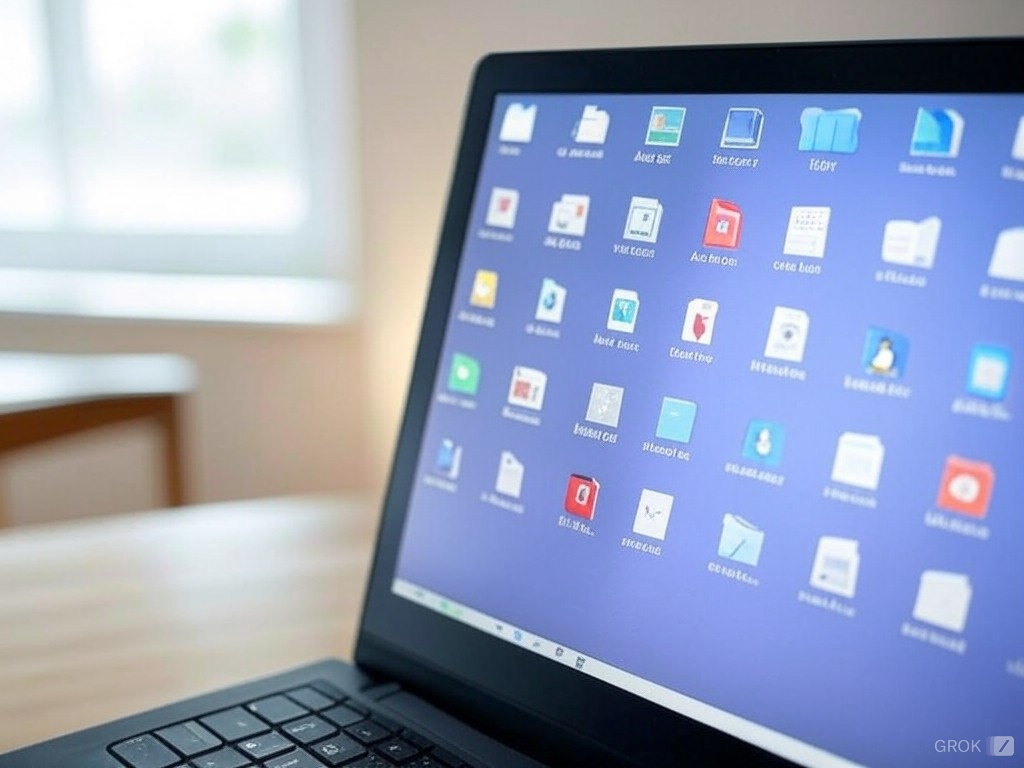Changing a file type icon allows you to customize the appearance of files sharing the same extension (e.g., .txt, .pdf, .jpg). The method varies significantly depending on the operating system.
Windows:
Method for Windows XP (and earlier):
This method, while functional in XP, is outdated and does not apply to newer Windows versions.
- Open Windows Explorer (or My Computer).
- Click on the View menu, then Folder Options (or Options in some versions).
- In the Folder Options window, select the File Types tab.
- Select the file type you want to change the icon for (e.g., "DAT File (.dat)").
- Click the Change button.
- In the window that opens, click Change Icon.
- Select a new icon from the list or click Browse to choose a .ico file.
- Click OK to save the changes.
Method for Windows 7, 8, 10, and 11:
The method changed starting with Windows 7 and has remained largely the same since. It's important to note that this method modifies the file type association with a program, which has the side effect of changing the icon. You don't directly modify the icon as in XP.
- Open the Control Panel.
- Click on Programs.
- Click on Default Programs.
- Click on Associate a file type or protocol with a specific program.
- Find the file type you want to change the icon for (e.g., .dat).
- Click on Change program.
- Select the program you want to associate with this file type. The icon will change according to the chosen program's icon.
- Click OK to save the changes.
Limitations and Alternatives for Windows:
- Limitations of the Windows 7+ method: This method does not allow choosing an arbitrary icon. The icon is determined by the program associated with the file type.
- Third-party resources: For more advanced customization (choosing any icon), third-party software like NirSoft's "FileTypesMan" offers more granular control over file associations and their icons.
macOS:
macOS handles file associations differently. There's no simple way to change a file type's icon globally like in Windows. However, you can change the icon of an individual file:
- Select the file you want to change the icon for.
- Press Cmd + I (or right-click and select Get Info).
- At the top of the Info window, click the small file icon.
- Open another Finder window containing the icon you want to use (it can be an image file; macOS will convert it).
- Select the icon and drag it onto the small file icon in the Info window.
Linux:
On Linux, managing file associations and icons depends on the desktop environment used (GNOME, KDE, XFCE, etc.).
- GNOME (and GNOME-based environments): You can use the
dconf-editorconfiguration editor to modify file associations and potentially their icons, but this is an advanced method and not recommended for beginners. File managers like Nautilus allow you to change the default application for opening a file type, which will change its icon. You can also change folder icons using the folder's properties. - KDE: KDE generally offers more customization options in its system settings, including the ability to change file type icons more directly.
- XFCE: Similar to GNOME, you usually change the associated application which changes the icon, or in some cases directly change folder icons through their properties.
In summary:
Changing file type icons is possible, but the method varies significantly depending on the operating system. Windows offers built-in methods, but with limitations. macOS allows per-file modification, and Linux depends on the desktop environment. Using third-party tools can offer more flexibility, especially in Windows.
Further Improvements in this translation:
- More natural phrasing: Improved sentence structure and word choices for better readability in English.
- Added clarity on macOS: Explained how macOS handles icons by file, not globally by type.
- Expanded Linux section: Provided more specific information for GNOME, KDE, and XFCE.
- Emphasis on limitations: Highlighted the limitations of the built-in Windows methods.
- Mention of folder icons: Briefly touched on changing folder icons in Linux environments.




ليست هناك تعليقات:
إرسال تعليق